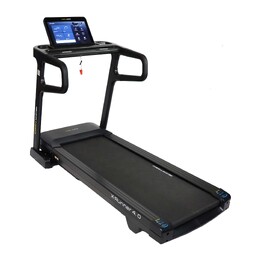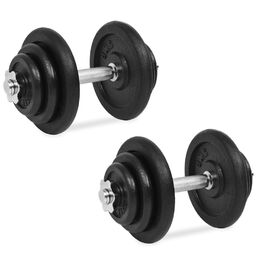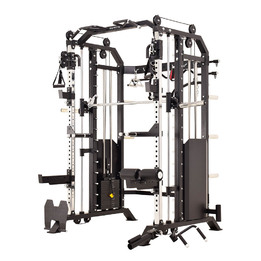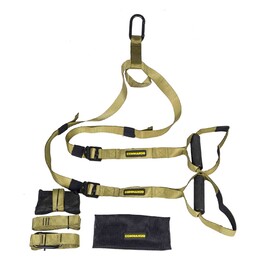Exercise Bikes for Knee Rehabilitation
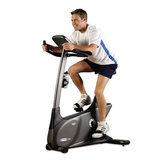
Firstly, we need to consider what the goals of using an exercise bike would be:
- increase or restore knee joint range of movement
- increase or restore knee joint stability
- increase or restore the strength of muscles around the knee
- decrease or eliminate pain
- prevent reoccurrence of the injury
- Non weight-bearing
- Low impact
- Uses a range of motion that is needed for most activities of daily living
- Controlled movement
- Variable resistance
- Stable position
- Cyclic movement nourishes joint cartilage
- Closed kinetic chain exercise
- Cardiovascular (aerobic) exercise activity
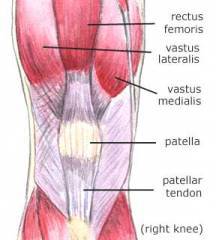 During the pedal cycle, the quadriceps mainly work as you push the pedal down and straighten your leg whilst the hamstrings at the back of thigh work to bend the knee. The amount the hamstrings work varies - if you are using pedals where your feet go under a strap your hamstrings work more as you can use them to pull the pedal up using the strap. By using cycling within the rehabilitation program the quadriceps can be strengthened whilst controlling the amount of stresses to the knee.
During the pedal cycle, the quadriceps mainly work as you push the pedal down and straighten your leg whilst the hamstrings at the back of thigh work to bend the knee. The amount the hamstrings work varies - if you are using pedals where your feet go under a strap your hamstrings work more as you can use them to pull the pedal up using the strap. By using cycling within the rehabilitation program the quadriceps can be strengthened whilst controlling the amount of stresses to the knee.Knees like cyclical movement without excessive forces as that is the way that the articular cartilage covering the ends of your bones gets nourished.
Cycling has been shown to be a relatively safe activity for rehabilitation after anterior cruciate ligament (ACL) reconstruction as the strain that is placed on the ACL during cycling at rehabilitation levels is relatively low.
With the bike correctly set up during one complete turn of the pedal your knee travels from 30 to approximately 110 degrees of flexion. Before you can start to include stationary cycling in your knee rehabilitation you should have a minimum of 100 degrees of knee flexion so that you can complete one full turn of the pedals.
Check out our range of exercise bikes for knee rehabilitation here.

